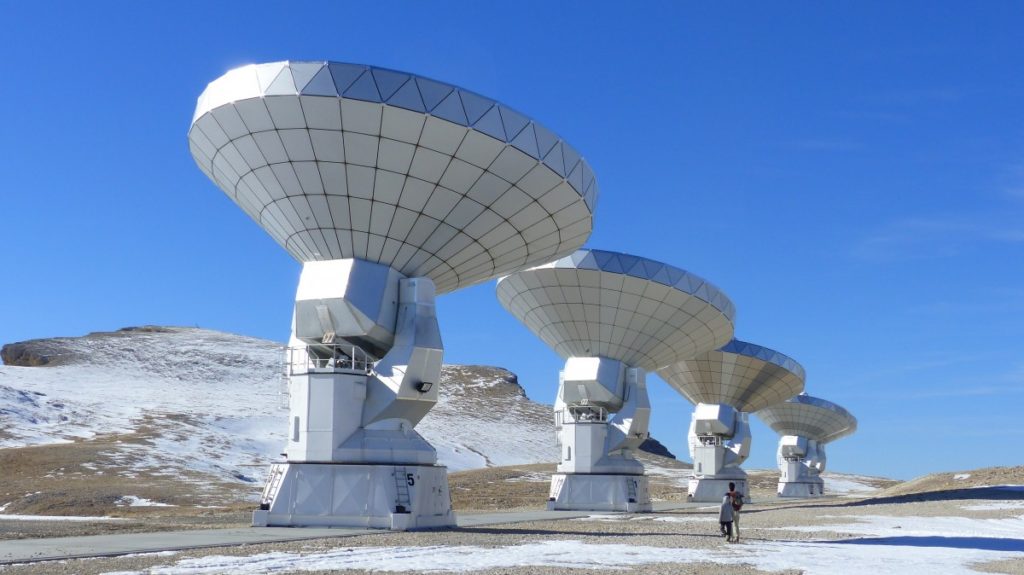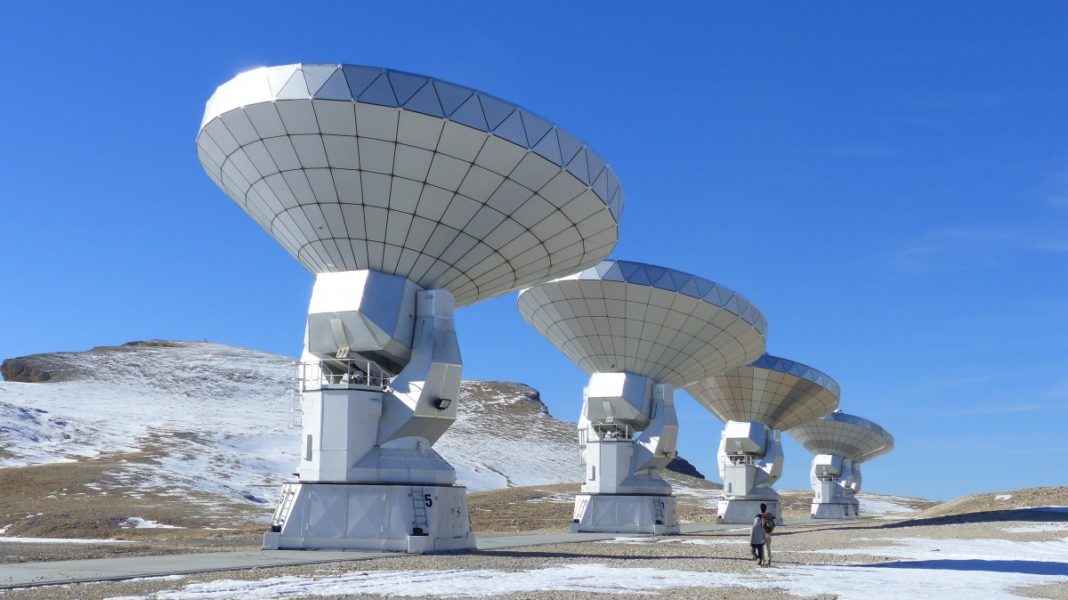Construction of the Daocheng Solar Radio Telescope (DSRT), which consists of more than 300 dish-shaped antennas forming a circle more than 3 kilometers in circumference, was completed on 13 November. Trial operations will begin in June. The 100 million yuan (US$14 million) observatory will help researchers to study solar eruptions and how they affect conditions around Earth.

The Sun is set to enter a highly active phase over the next few years. The radio-frequency data DSRT collects will complement those gathered by telescopes working in other frequency bands. In the past two years, China has launched at least four Sun-gazing satellites — including the Advanced Space-based Solar Observatory in October — that study the star at ultraviolet and X-ray frequencies. “China now has instruments that can observe all levels of the Sun, from its surface to the outermost atmosphere,” says Hui Tian, a solar physicist at Peking University in Beijing.
Observatories in China will also provide important data on solar activities that are not visible to telescopes in other time zones, says Ding Mingde, a solar physicist at Nanjing University. Solar research requires global collaboration, he adds.
DSRT has a wide field of view, at least 36 times bigger than the Sun’s disk, which will allow the telescope to track the development of CMEs and observe how high-energy particles propagate through space, says Jingye Yan, the chief engineer of DSRT at the National Space Science Center, part of the Chinese Academy of Sciences, in Beijing.
DSRT’s observation data will be made available to international researchers. And China’s National Space Science Center, which oversees DSRT’s operation, plans to open the telescope at night for other types of observation, such as pulsar research. China is also building a new optical telescope on the Tibetan Plateau in Sichuan that is expected to be completed in 2026.
According to nature















